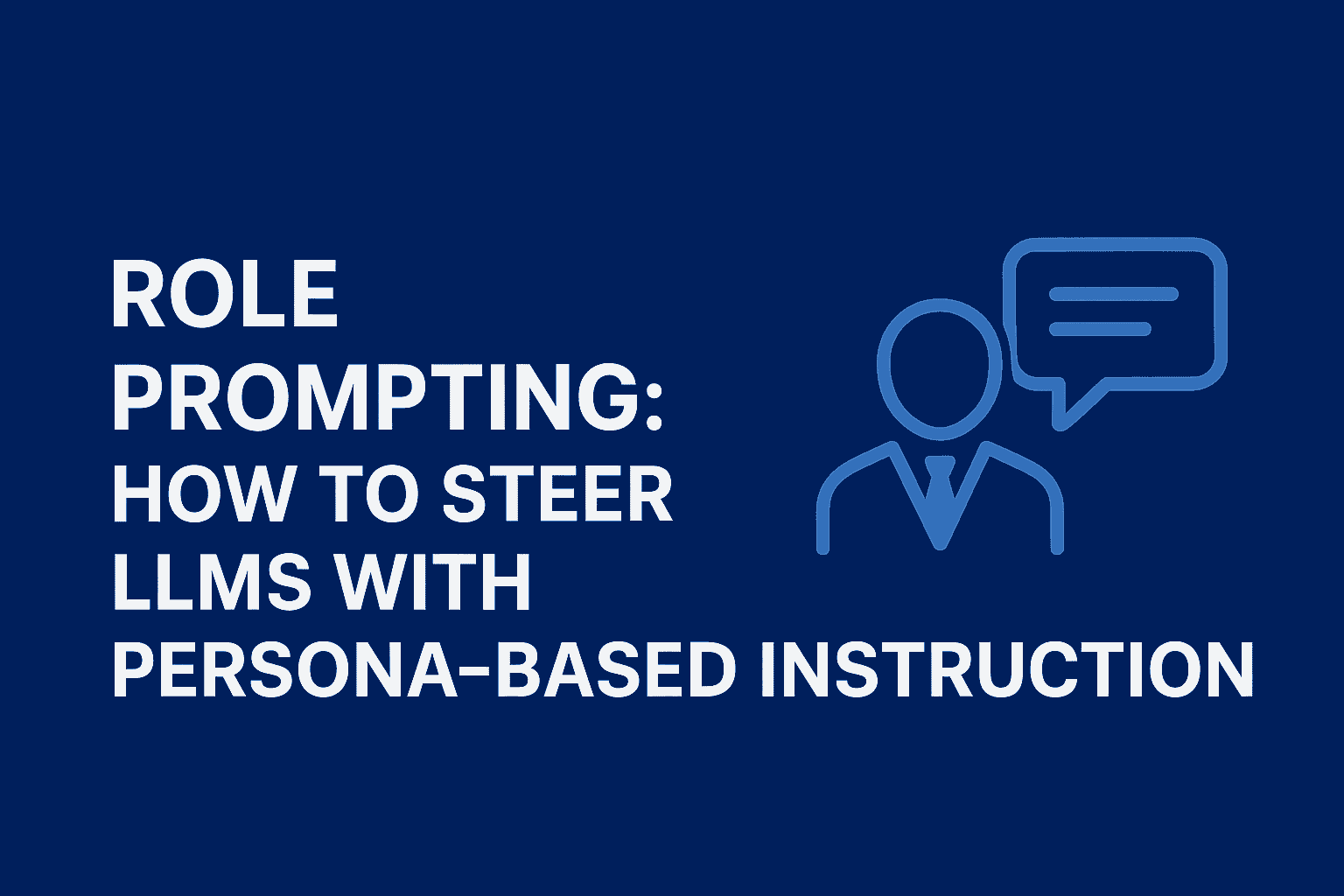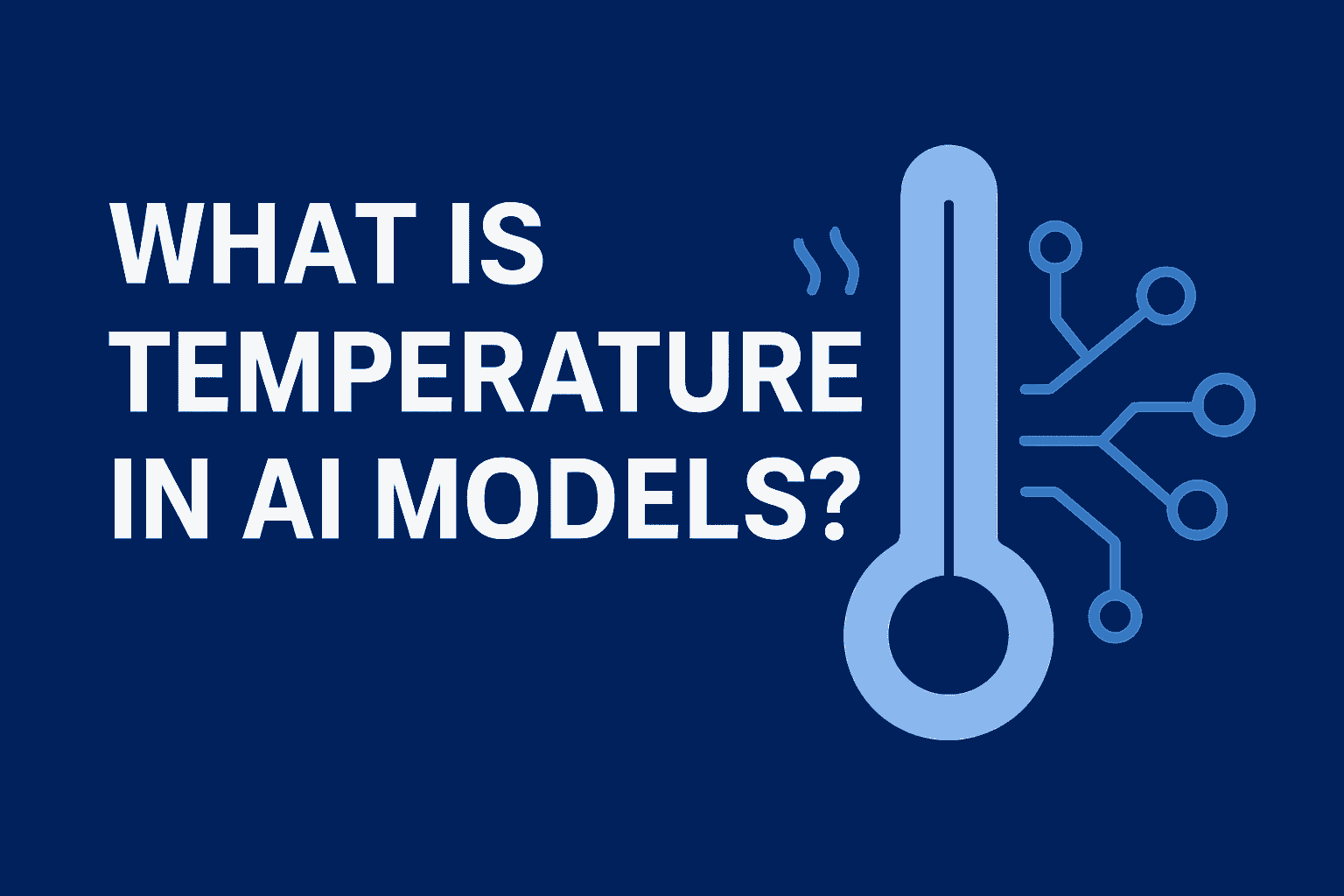
🌐 Web Research Made Effortless: Introducing WaterCrawl
Generative Ai Consultant
WaterCrawl is an open-source, self-hosted tool that simplifies web scraping and crawling. With a single API call, it extracts structured data in Markdown, JSON, or PDF—handling JavaScript, depth control, proxy rotation, and real-time updates. Ideal for AI agents, SEO tracking, research, and automation, WaterCrawl turns complex data gathering into a seamless experience.
🔍 Web Research Made Effortless: Introducing WaterCrawl
In today's rapidly evolving digital landscape, gathering accurate, timely, and structured information from the web can be challenging. Whether you're building an 🤖 AI-powered research assistant, monitoring your 🧑💼 competitors, or simply automating data extraction, traditional scraping methods are cumbersome and brittle. Enter WaterCrawl—a powerful, easy-to-use, self-hosted solution that transforms web scraping and crawling into a streamlined, intuitive experience.
⚙️ Installation Prerequisite
To get started with WaterCrawl, you'll need to install the official Python SDK:
pip install watercrawl
Once installed, you can import and use the WaterCrawlAPIClient in your projects.
💡 Why Choose WaterCrawl?
1. 🧽 Simplified Web Scraping: WaterCrawl allows you to scrape web content effortlessly, converting web pages directly into Markdown, JSON, or PDFs with just one simple API call. No complex pipelines or brittle workflows—just the data you need, instantly.
Example:
from watercrawl import WaterCrawlAPIClient
client = WaterCrawlAPIClient('YOUR_API_KEY')
response = client.scrape_url(
url="https://watercrawl.dev/",
)
print(response['result']["markdown"])
2. 🕸️ Deep and Customizable Web Crawling: With WaterCrawl, you have granular control over how deeply you crawl, including setting depth limits, filtering by paths or domains, and even rendering JavaScript-heavy pages.
Example:
crawl = client.create_crawl_request(
url="https://watercrawl.dev",
spider_options={"max_depth": 2, "page_limit": 10}
)
print(crawl["uuid"])
3. ⚡ Real-time Data Streaming:
for event in client.monitor_crawl_request(crawl["uuid"]):
if event["type"] == "result":
print(event["data"]["url"], event["data"]["result"]["markdown"])
Stay informed in real-time. WaterCrawl provides live updates through Server-Sent Events (SSE), perfect for agents or applications requiring real-time data processing.
4. 🏗️ Robust and Scalable: Designed for enterprise-grade applications, WaterCrawl seamlessly handles proxy rotation, JavaScript rendering, and rate-limiting, all wrapped into one efficient framework.
🧠 Simplifying AI Research with Interleaved Thinking
The latest generation of AI research agents, such as Claude 4, leverage interleaved thinking—allowing agents to pause, analyze newly acquired data, and dynamically adapt their next steps. WaterCrawl's real-time scraping and crawling are perfectly suited to empower this adaptive, step-by-step reasoning.
Consider building an "Open Researcher" style agent in just a few lines of code:
from watercrawl import WaterCrawlAPIClient
from anthropic import Anthropic
client = WaterCrawlAPIClient('YOUR_API_KEY')
anthropic_client = Anthropic()
page = client.scrape_url("https://watercrawl.dev/")
response = anthropic_client.messages.create(
model="claude-4o",
messages=[
{"role": "user", "content": f"Summarize this content:\n\n{page['result']['markdown']}"}
],
extra_headers={"interleaved-thinking-2025-05-14": "true"}
)
print(response.content)
📦 Extract Structured Data with Plugins and LLMs
WaterCrawl also supports plugin-based LLM extraction, making it easy to integrate models like GPT-4o-mini directly into your crawl pipeline. You can define a schema and let the model populate structured data such as summaries, metadata, or key-value insights—automatically.
Example:
from watercrawl import WaterCrawlAPIClient
client = WaterCrawlAPIClient(api_key='YOUR_API_KEY', base_url='https://app.watercrawl.dev')
crawl_request = client.scrape_url(
url='https://watercrawl.dev',
plugin_options={
'openai_extract': {
'is_active': True,
'llm_model': 'gpt-4o-mini',
'extractor_schema': {
'$schema': 'http://json-schema.org/draft-07/schema#',
'type': 'object',
'properties': {
'summary': {
'type': 'string',
'description': 'The summary of the page'
}
},
'required': ['summary']
},
'prompt': 'Summarize the web page'
}
}
)
print("Extraction complete:", crawl_request['result']['extraction']['summary'])
This method empowers agents and apps to extract rich insights without post-processing—bringing intelligent summarization directly into the crawl layer.
🎯 Who Can Benefit from WaterCrawl?
- 👨💻 AI Developers: Enhance your agents with live, structured web data.
- 🔍 SEO Professionals: Monitor competitors efficiently and consistently.
- 📊 Researchers & Analysts: Quickly compile comprehensive, accurate datasets from across the web.
- 🏢 Businesses: Automate data-driven decisions with structured insights.
🚀 Get Started Today
Ready to simplify your web data extraction workflow? WaterCrawl is open-source, easy to deploy, and integrates seamlessly into your existing tech stack.
- Step 1: Deploy your own WaterCrawl instance (Docker-compose setup included).
- Step 2: Use our simple SDK to begin scraping and crawling instantly.
- Step 3: Integrate effortlessly with AI workflows, research pipelines, or automation tools.
Or skip the setup and try it instantly in the cloud:
🌐 Start Free with WaterCrawl Cloud →
Discover the power of effortless web research.

